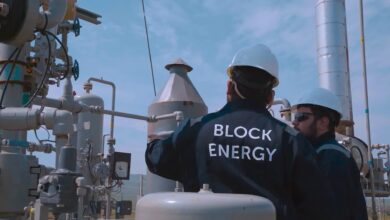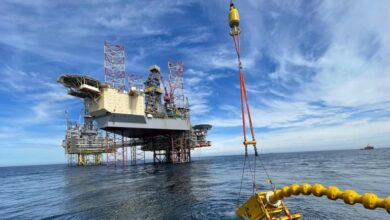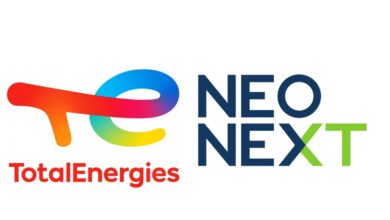Seadrill secures contract for jackup West Freedom
Seadrill has secured a new contract for the West Freedom, an LT-Super 116E jackup, offshore Venezuela with Cardon IV Venezuela, an ENI SpA and REPSOL joint venture. The contract is for a firm period of 30 months plus an option for a six-month extension at mutually agreed rates.
The potential revenue for the primary contract term is approximately US$222 million inclusive of an estimated $8.5 million of mobilization.
The West Freedom is currently operating in Qatar and will likely be available to commence its charter in late September 2013.




